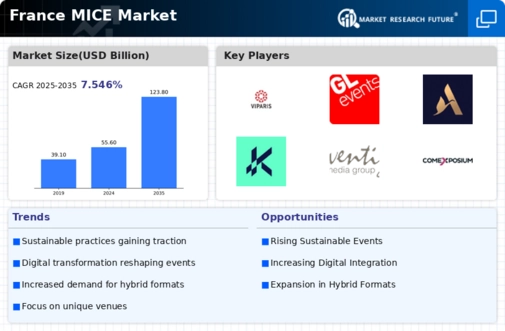The competitive dynamics within the mice market exhibit a landscape characterized by rapid innovation and strategic maneuvering among key players. Major companies such as Logitech (CH), Razer (SG), and Microsoft (US) are at the forefront, each leveraging distinct strategies to enhance their market presence. Logitech (CH) focuses on sustainability and product diversification, introducing eco-friendly materials in their latest models, which aligns with growing consumer demand for environmentally responsible products. Razer (SG), on the other hand, emphasizes high-performance gaming peripherals, continually refining their technology to cater to the competitive gaming community. Microsoft (US) integrates its hardware offerings with software solutions, enhancing user experience through seamless compatibility across devices. Collectively, these strategies not only shape the competitive environment but also drive growth by addressing diverse consumer needs.
Key business tactics employed by these companies include localized manufacturing and supply chain optimization, which are crucial in a moderately fragmented market. By establishing production facilities closer to key markets, companies can reduce lead times and costs, thereby enhancing their competitive edge. The influence of major players is significant, as their operational strategies often set benchmarks for smaller firms, fostering a competitive yet collaborative atmosphere within the industry.
In October 2025, Logitech (CH) announced a partnership with a leading environmental organization to promote sustainable practices in the tech industry. This collaboration aims to enhance the brand's commitment to sustainability, potentially attracting eco-conscious consumers and differentiating its products in a crowded marketplace. Such strategic alliances not only bolster brand reputation but also align with broader market trends favoring sustainability.
In September 2025, Razer (SG) launched a new line of gaming mice featuring advanced AI-driven customization options. This innovation allows users to tailor their gaming experience more precisely, catering to the increasing demand for personalized gaming peripherals. The introduction of AI technology signifies a shift towards more intelligent devices, which could redefine user expectations and set new standards in the gaming sector.
In August 2025, Microsoft (US) unveiled a new series of ergonomic mice designed specifically for remote workers. This move reflects the growing trend of remote work and the need for comfortable, efficient tools that enhance productivity. By addressing the unique needs of this demographic, Microsoft positions itself as a leader in the evolving workspace, potentially capturing a significant share of the market.
As of November 2025, current trends in the mice market are increasingly defined by digitalization, sustainability, and the integration of AI technologies. Strategic alliances are becoming more prevalent, as companies recognize the value of collaboration in enhancing innovation and market reach. Looking ahead, competitive differentiation is likely to evolve from traditional price-based competition to a focus on innovation, technological advancements, and supply chain reliability. This shift underscores the importance of adaptability and forward-thinking strategies in maintaining a competitive edge.























Leave a Comment